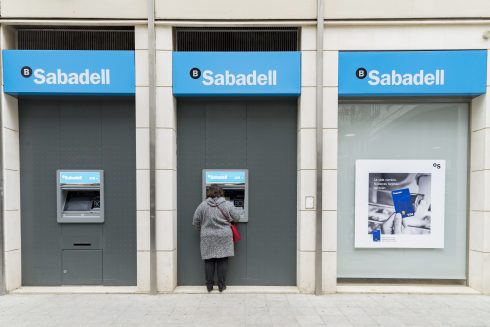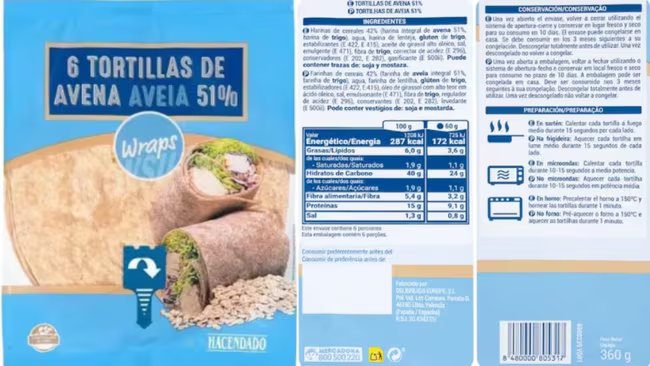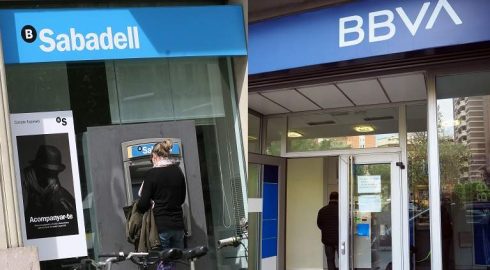So there’s been a lot of talk lately about the Spanish Digital Nomad Visa. Is it true? Can we really live in Spain while working remotely? Does it really offer tax advantages? Yes, yes, and yes! If you’re dreaming of sunny days, tapas on a terrace, charming nights, and rich culture to explore after a day of work, then Spain awaits you.
Of course there are certain rules and requirements to follow to obtain the Digital Nomad Visa, but in this article we’ll explain the whole process to you – easy as pie. Soon enough, you’ll be working remotely in Spain.

Let’s get to it, then!
Why is the Spanish Digital Nomad Visa worth it?
The Spanish Digital Nomad Visa is designed for non-EU citizens who would like to work remotely from Spain. Like its name implies, your main source of income must then be from outside of Spain. You must either be working for a foreign company, or must be self-employed with clients outside of the country.
As it is under the Entrepreneur’s Law, the application process can be initiated while on a tourist visa in Spain or from your home country. Additionally, it is possible to submit a joint application with spouse and children, as long as the financial requirements are met, which we will expound on later on.
Another main perk of this residence permit is the freedom to travel within the Schengen Zone. So as a digital nomad, you can enjoy working a couple of days in other European countries, as well!
Lastly, you’ll have the Digital Nomad residence permit for three years, so you won’t need to keep renewing. Once the three years are up, you can renew for two more years. Then, once you have been in Spain for a total of five years, you can apply for permanent residency.
Where can I apply for the Digital Nomad Visa?
As we previously mentioned, you can apply for the Digital Nomad Visa from Spain or from your country of origin. In all cases, your application will be processed by the UGE-CE (Spain’s Large Business and Strategic Groups Unit), located in Madrid.
Don’t worry though, if you’re applying from Spain, going to Madrid won’t be necessary as you can submit everything online.
Even better is that this residence permit is resolved in a maximum of 20 days, and applies a positive administrative silence. This means a successful application is presumed if no response is received within that time frame!
On the other hand, when initiating the process from your country of origin, you must take an extra step. You would first have to go to your country’s Spanish Embassy or Consulate, and apply for a 1-year visa there.
This visa would allow you to travel to Spain. However, once you are in the country, you will have to modify it to a residency card or TIE (Foreign Identity Card) at a police office. They’ll register your fingerprints, then you’ll be able to pick up your card around a month after.
This Digital Nomad residence card will then give you the 3-year residency we previously stated.
What are the rules for a Remote Workers Visa in Spain?
To qualify for the remote workers visa, certain criteria must be met. A frequently asked question regarding it is if one can work for Spanish companies while residing in the country. The answer to this is yes, you can work with Spanish companies or clients, as long as your income derived from Spain or Spanish companies does not exceed 20% of your total income.

Another important requirement is providing evidence that your employer has been in operation for a minimum of one year before your application, and they have explicitly indicated that your role permits remote work.
For freelancers, it is necessary to have an ongoing working relationship with at least one company outside of Spain that specifies remote work.
Finally, whether you are primarily employed or self-employed, you must have been employed by the aforementioned company for at least three months prior to applying for the visa, and hold a contract with them for a minimum duration of one year.
You will also need to submit the following documents:
- National Visa Application Form
- Paid corresponding administrative fee 790 038
- Full-coverage private health insurance in Spain
- Proof of no criminal records in Spain nor in any other country you’ve lived in for the last 5 years
- Proof of meeting financial requirements through: a bank certificate showing possession of at least €25,000 (200% of the minimum wage in Spain), and €9,441 for each additional family member (75% of the minimum wage in Spain) OR a job contract
- Proof of a graduate or postgraduate degree from a recognized academic institution or 3 years of work-related experience
As always, official foreign documents must be translated to Spanish, then legalized and apostilled.
If you want to make sure you have adequately ticked all boxes for the requirements, and can confidently start the application process, you can check for more legal information at Balcells Group’s site.
How much is the digital nomad income tax in Spain?
More good news! With the Spanish Digital Nomad Visa, you are taxed under a Non-Resident status. This means that your income will be subject to the Non-Resident Income Tax Regime, resulting in a reduced tax burden compared to the standard income tax framework.
Essentially, if you have not been a resident of Spain within the previous five years, you will only be liable for a fixed tax rate of 24% on your work-related earnings (up to €600,000). This is a noteworthy deviation from the progressive tax rate that could potentially escalate to as high as 48%.
It is important to note that to achieve non-resident status for tax purposes, a separate application must be processed through the Spanish Tax Agency. Commencing this procedure within six months of obtaining your residence permit is recommended.
Another pro is that you will be exempt from the wealth tax and the obligation to submit an informative declaration of your assets, commonly known as Model 720.
Plus, during your initial and second years of holding the Digital Nomad Visa, you can request the deferral of the IRNR (Non-Resident Income Tax) without incurring any interest charges.

Is getting the Digital Nomad Visa difficult?
As you’ve seen in this article, getting the digital nomad visa is pretty straightforward. More so if you’ve already been working remotely for a while now.
On top of letting you work in one of the most vibrant countries, which is already a win in itself, this Spanish visa also has many other benefits that make the application process simple.
So, what are you waiting for? Don’t miss out on this opportunity of a lifetime!
Read More:
How tech hubs and incubators are attracting startups and Generation Nomads to Spain
Will More Digital Nomads Be Moving to Spain This Summer?











